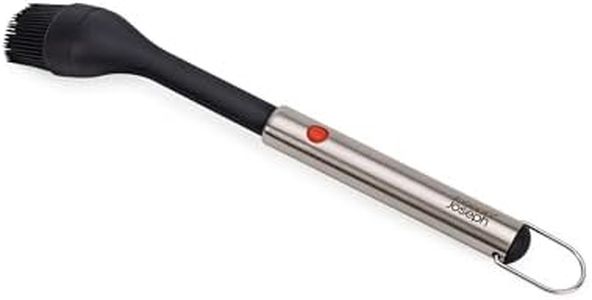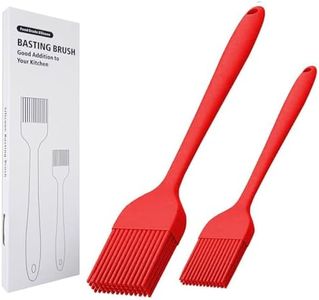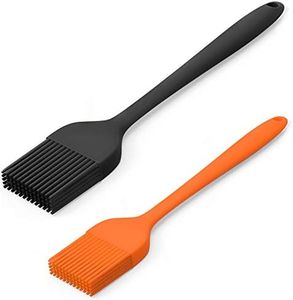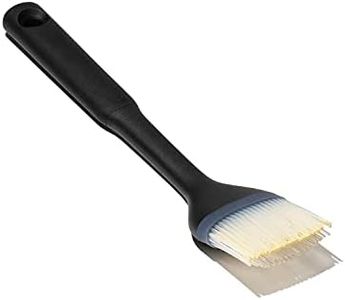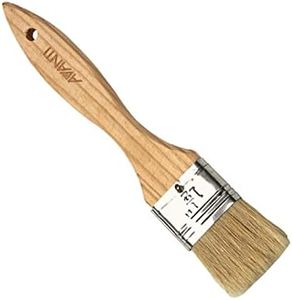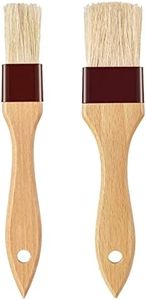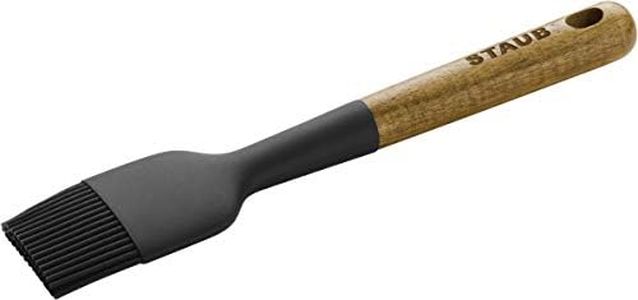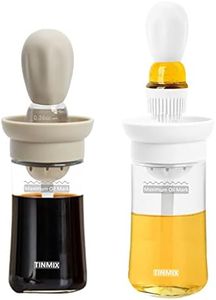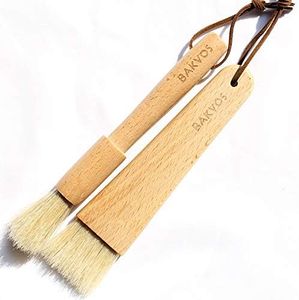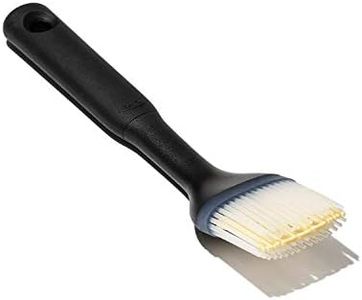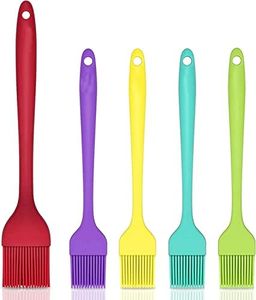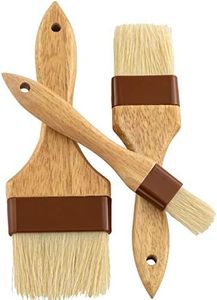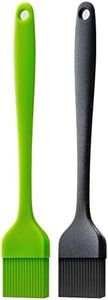We Use CookiesWe use cookies to enhance the security, performance,
functionality and for analytical and promotional activities. By continuing to browse this site you
are agreeing to our privacy policy
10 Best Pastry Brushes
From leading brands and best sellers available on the web.Buying Guide for the Best Pastry Brushes
Choosing the right pastry brush can make a big difference in your baking and cooking results. Whether you're glazing pastries, basting roasted meats, or spreading sauces, the right brush will help you apply ingredients smoothly and evenly. Different brushes suit different tasks, so understanding the key features will help you pick a brush that fits your needs and is easy to maintain.Bristle MaterialThe bristles of a pastry brush are usually made from either natural fibers or silicone. Natural bristles, which are typically made from animal hair, hold liquids well and give a gentle touch, making them great for delicate pastries. Silicone bristles, meanwhile, are heat resistant, very easy to clean, and don’t absorb flavors or odors, but can sometimes have less precision for fine work. If you mostly bake bread and pastries and want a soft touch, natural bristles may be better. If you often glaze or baste with sticky sauces, or want something dishwasher safe and long-lasting, silicone is a smart choice.
Bristle Thickness and DensityThis refers to how thick and tightly packed the bristles are. Thicker, denser bristles hold and spread more liquid, making them good for bigger jobs like basting a roast. Thinner, sparser bristles apply a lighter, more even touch, which is ideal for things like egg washes on pastries. Consider whether you'll be using your brush mostly for heavy-duty tasks (choose thicker density) or for light, delicate applications (choose something lighter).
Handle Material and GripPastry brush handles can be made from wood, plastic, or metal. Wood handles often feel comfortable and traditional, but can be harder to clean. Plastic and metal handles are more durable and easier to wash, with plastic often being lightweight and metal providing sturdiness. Some brushes also have ergonomic or non-slip grips which make them more comfortable if you use them frequently. Think about comfort and how often you'll wash the brush to decide which handle is best.
Brush Size and ShapePastry brushes come in different widths and lengths, affecting how much area you can cover at once. Wider brushes (around 1 to 2 inches) are great for large surfaces, like bread loaves or roasted meats, while narrower brushes are more precise for pastries or decorating small baked goods. Shapes can also vary, from flat to round. Choose a wider, flat brush for glazing or basting large items and a smaller, more precise brush for artistic or delicate work.
Ease of CleaningSome pastry brushes are easier to clean than others, which matters for regular use, especially with sticky or sugary substances. Silicone brushes are generally dishwasher safe and don't trap food, while natural bristle brushes may need gentle hand washing and can sometimes hold onto flavors or stains. If you want a low-maintenance tool, look for something labeled dishwasher safe or entirely non-absorbent.
